The global shipping industry transports goods all over the world, connecting commerce and businesses across continents. In today’s fast-paced world, the
speed and capacity of ships have increased. Transporting goods through seaborne vessels has become one of the cheapest means of transporting goods, on the basis.
1. The cost per ton
2. The fuel per ton transported
From machinery and equipment to foodstuff and vehicles, ships are modified to handle various types of goods. Crude oil, fuel gases such as LNG and CNG,
minerals, and ores require their own types of vessels that are specially constructed to cope up with the challenges that these volatile goods possess.
The danger of transporting cargo through non-optimized means i.e., vessels not built to handle that articular cargo, includes volatile behaviour, fire, spoilage of
foods, bacterial and fungal growths etc. Thus, care must be taken when hiring or leasing vessels for transportation to ensure that the appropriate type of
vessel is chosen.
In this article, we will take a look at the various goods and cargo commonly transported through shipping.
We focus on the goods, their inherent restrictions or transportation conditions, and the types of ships specifically built to handle the shipping of such cargo.
The main cargo and goods that we will look at in this article include- Foodstuff, livestock, crude oil and derivative products, cars and other vehicles, machinery
and equipment, dry bulk cargo, liquid bulk cargo, and chemical products.
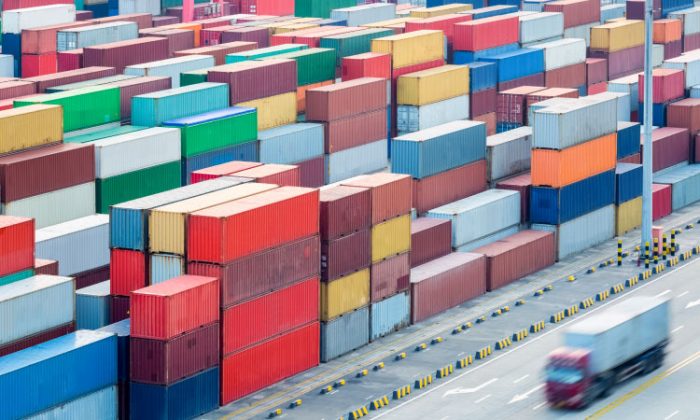
1. Shipping of Food Stuff
Foodstuff includes various categories such as fresh, packaged, frozen, partially processed, and other varieties. Foods present one of the most challenging
goods to transport, due to their short life and high probability of spoilage.
Most other types of goods can spend several months onboard a vessel while being transported between ports. However, foods are one of the few goods that must reach their destinations as a matter of urgency.
For this reason, a large percentage of the food transportation industry is carried out through air freight. However, ship and other vessels allow for large amounts of foods to be simultaneously shipped through a single voyage.
The factors to be considered while leasing or considering foodstuff shipment are- short lifespan, high chance of spoilage, and the probability of mid-journey shifting.
The solution to most of these issues is by using refrigerated ships known as reefer vessels. They have specially built temperature controlling units that ensure that the temperature is regulated throughout the entire cargo storage holds of the ship.
The temperature may vary depending on the type of the foodstuff being shipped, but it is generally maintained at temperatures below 0⁰C. This helps to extend the lifespan of the goods. It also ensures that moist conditions that usually enable bacteria and other agents of spoilage to grow are not present due to the low temperatures.
Spoilage can also occur if the goods are incorrectly packed. In such scenarios, goods may get crushed when placed under heavier cargo. This renders the entire cargo unusable due to the state in which it is. Thus, appropriate packing must be undertaken to keep the cargo separated on the basis of weight, and also stacked at suitable levels. This also eliminates the problem posed by mid-journey shifting.
For small amounts of loose goods, this shifting may only cause damage to the cargo itself. However, at larger quantities, this may destabilize and ultimately capsize a ship, due to a phenomenon known as the Free Surface Effect (FSE).
The commonly used ships for transp
orting foodstuff include reefer vessels (refrigerated in its entirety) and container vessels (containers alone refrigerated – reefer units).
Another type of food product commonly shipped includes grains and pulses. These are shipped in loose quantity, due to the higher costs of packing and transporting individual cartons or packages.
For this reason, they are sent in food-grade bulk carriers with below deck holds that are designed to ensure that loading and unloading can easily happen.
In addition to the units, there are also longitudinal bulkheads built to reduce the FSE brought out about by the loose nature of the shipped goods. Such goods are loaded and unloaded using suction and vacuum devices that can transfer large quantities of cargo.
-
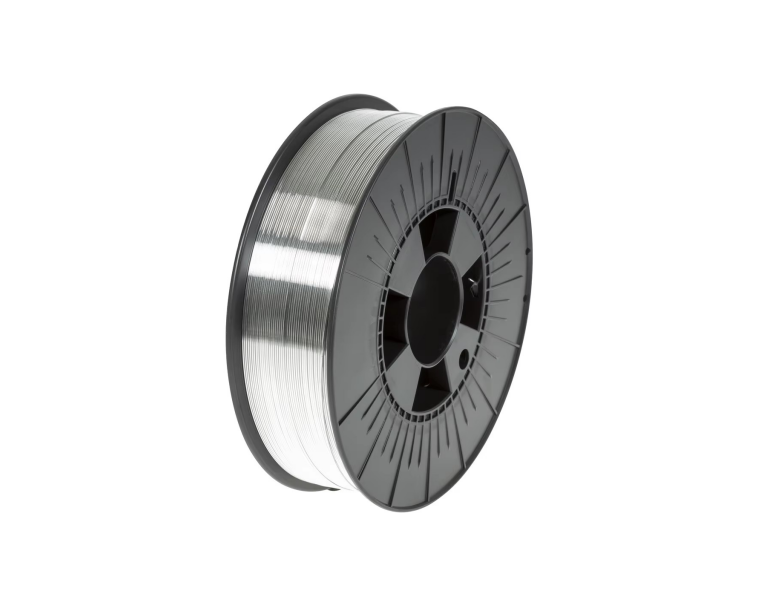 Ocean Lcl Freight Service Inconel 625 Wire from China to Chennai2025-09-30
Ocean Lcl Freight Service Inconel 625 Wire from China to Chennai2025-09-30 -
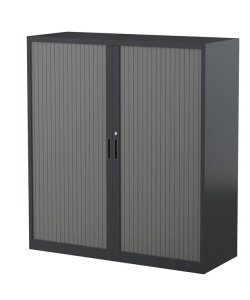 Ocean Freight Service Cabinet Door from China to Dar Es Salaam2025-09-29
Ocean Freight Service Cabinet Door from China to Dar Es Salaam2025-09-29 -
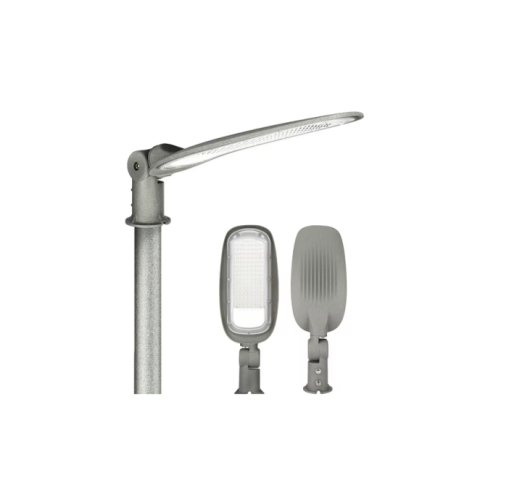 Door to Door by Ocean Freight Fixture Luminaries from China to Jeddah2025-09-28
Door to Door by Ocean Freight Fixture Luminaries from China to Jeddah2025-09-28 -
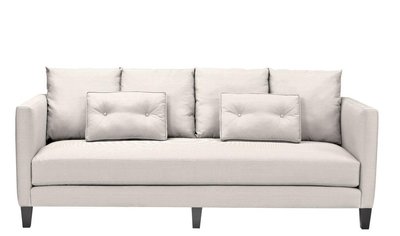 Ocean Freight Service Sofa From China To Jebel Ali2025-09-26
Ocean Freight Service Sofa From China To Jebel Ali2025-09-26 -
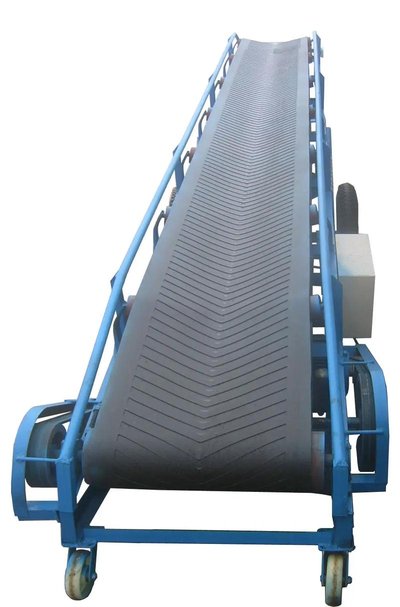 International Express Conveyor Belt From China To India2025-09-25
International Express Conveyor Belt From China To India2025-09-25 -
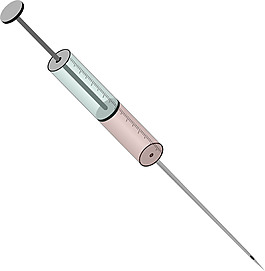 Ocean Lcl Freight Service Medical Device From Shanghai to Jebel ali2025-09-25
Ocean Lcl Freight Service Medical Device From Shanghai to Jebel ali2025-09-25

